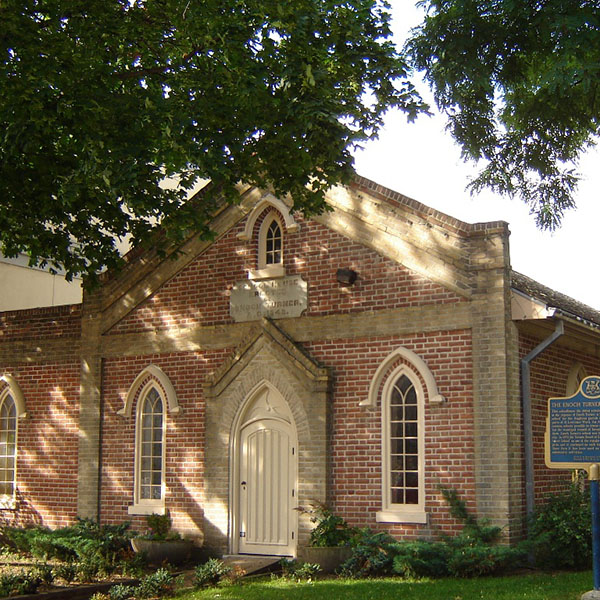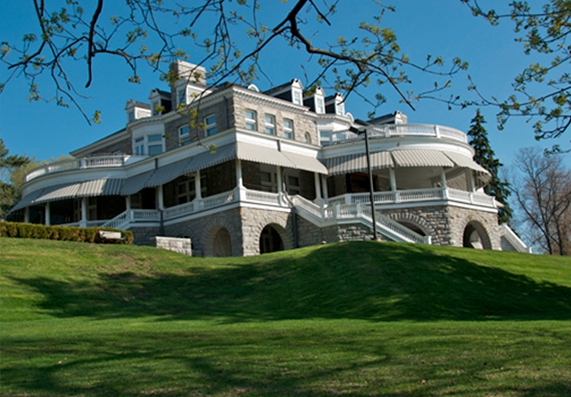Menu
Step back in time to 1800. Get a glimpse of the life of Dr. Solomon Jones (1756-1822), a United Empire Loyalist and the area’s first physician. Explore one of Ontario’s oldest houses, view original Jones family furnishings and heirlooms, and discover the story behind the internationally known Red Fameuse apple. See where seven generations of the Jones family chose to call home and immerse yourself in Ontario’s rich heritage.
Many United Empire Loyalists settled in the St. Lawrence valley after the American Revolution. Jones and his three brothers arrived in Augusta Township in 1784 to take up lands granted to them by the government. He commissioned Louis Brière, a Montreal mason and contractor, to build a "gentleman's residence" in stone overlooking the river in 1799. Although Homewood was constructed in the late Georgian style, the simplicity of some of its details, especially the shutters and metalwork, show a French-Canadian influence. Located just outside the village of Maitland, near Brockville, Homewood became the home for six generations of the Jones family. In the 1940s, Justus Jones, the last owner, constructed an addition that matched the design of the original home.
In addition to being a surgeon, Jones was an accomplished farmer and avid grower of fruit trees. His great-grandson, Harold Jones, followed in his footsteps and received international recognition for developing the Jones Red Fameuse apple in the early 1900s. Between 1900 and 1930, Homewood was the St. Lawrence Fruit Station, a division of the federal Central Experimental Farms in Ottawa. Many of the station's original trees are still bearing fruit in the restored orchard today.
The artifact and archival collections at Homewood are a rich cultural resource of rural life in early Ontario, covering medical, agricultural, business and political affairs. It houses documents covering five generations of the Jones family. One of the most unique and historically relevant documents is a bill of sale dated 1788 between Solomon Jones and his brother Daniel for an enslaved 8-year-old girl named Elizabeth.
We are in the process of updating the story of Homewood and how we interpret the site, focusing not only on the family, but also on all who are part of Homewood 's history, including Elizabeth.
In 1965, Justus Jones sold the property to the DuPont Corporation, an international chemical company, but continued living on the site until his death in 1972. DuPont developed a portion of the property as a chemical plant and donated Homewood along with 4.5 hectares (11 acres) of land to the Ontario Heritage Trust in 1974. The Trust restored the site with the help of the Grenville County Historical Society and the Canadian Parks Service.
1372 County Road 2, between Maitland and Prescott
Telephone: 613-246-8584
Email: fulford@heritagetrust.on.ca




